Pool Leveling for Optimal Performance

Spring is an ideal time for pool levelings to prepare for the upcoming swimming season and address winter-related shifts.
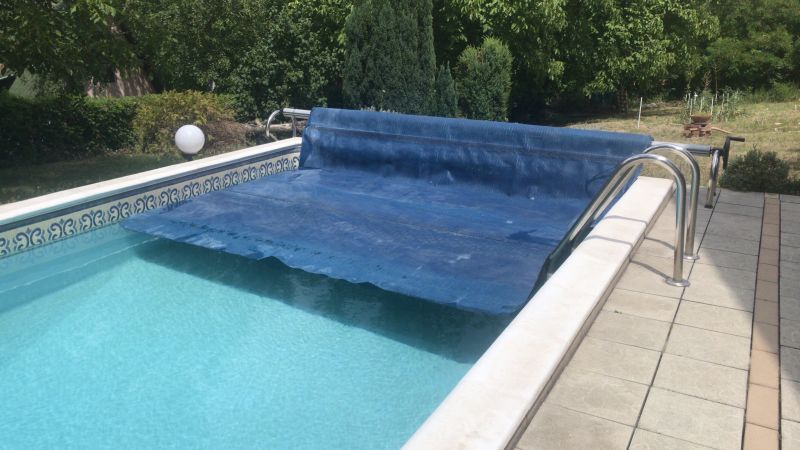
Performing pool levelings at the end of the season helps ensure the pool is balanced and protected during the off-season.

Mid-season levelings can correct imbalances caused by weather fluctuations or heavy usage.
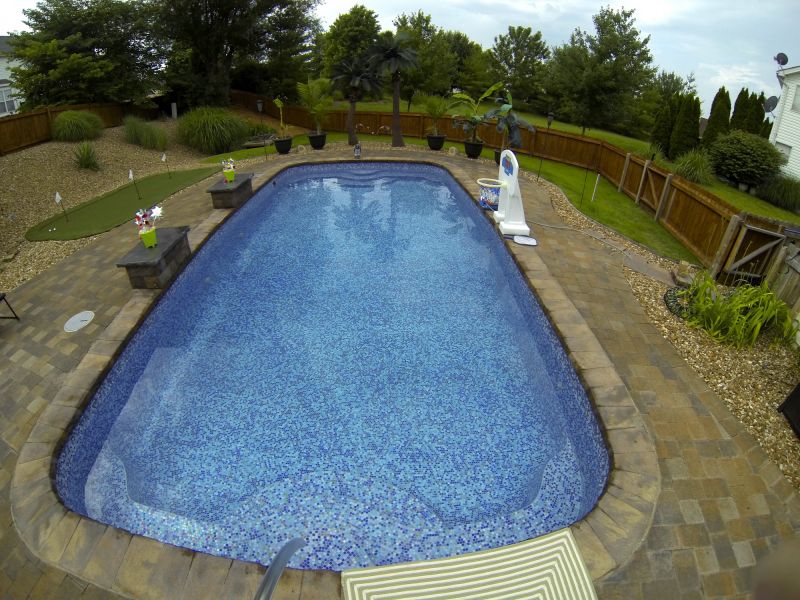
Ways to make Pool Levelings work in tight or awkward layouts.
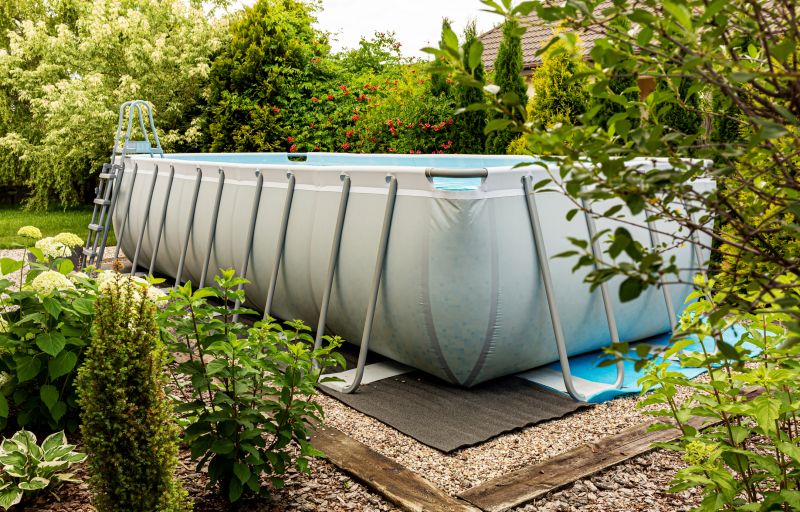
Popular materials for Pool Levelings and why they hold up over time.
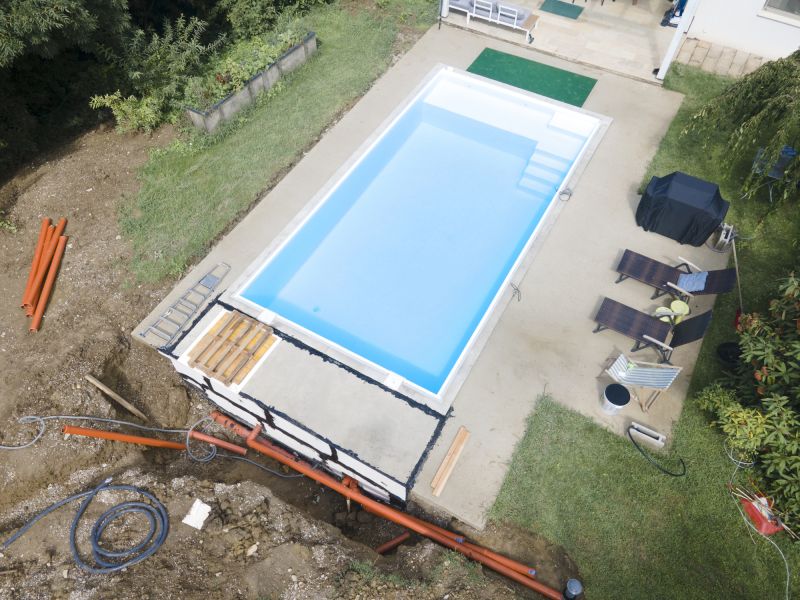
Simple add-ons that improve Pool Levelings without blowing the budget.
Pool levelings involve adjusting the water level to ensure proper operation and safety. Proper water levels are essential for efficient filtration, pump performance, and preventing damage to pool components. Regular levelings can extend the lifespan of pool equipment and maintain water clarity.
Statistics indicate that pools with consistent water level management experience fewer mechanical issues and lower maintenance costs. Seasonal adjustments are recommended based on climate, usage, and pool type to optimize performance.
Ensures optimal filtration, reduces equipment strain, and maintains water quality.
Uneven water surface, increased algae growth, or equipment noise can signal imbalances.
Regular monitoring, adjusting water levels during seasonal changes, and professional assessments.
Heavy rain or drought conditions can significantly alter water levels, requiring adjustments.
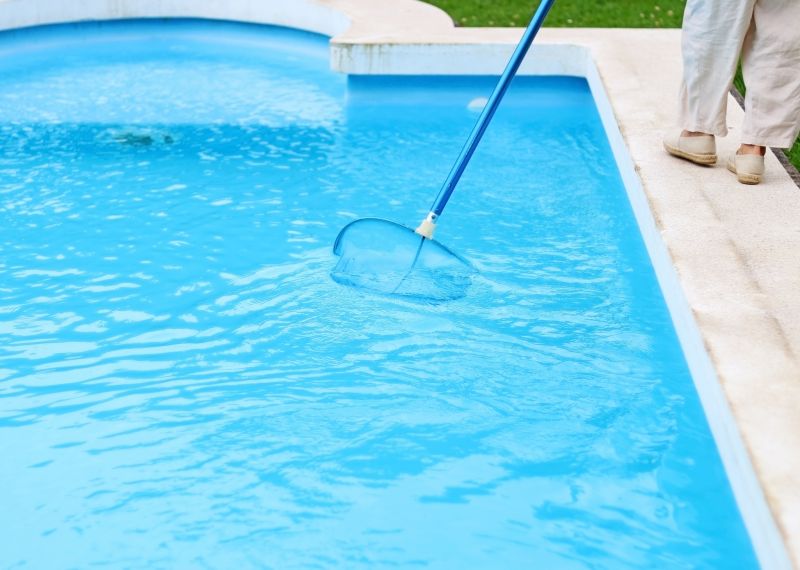
Visual of adjusting water level with a skimmer or hose.
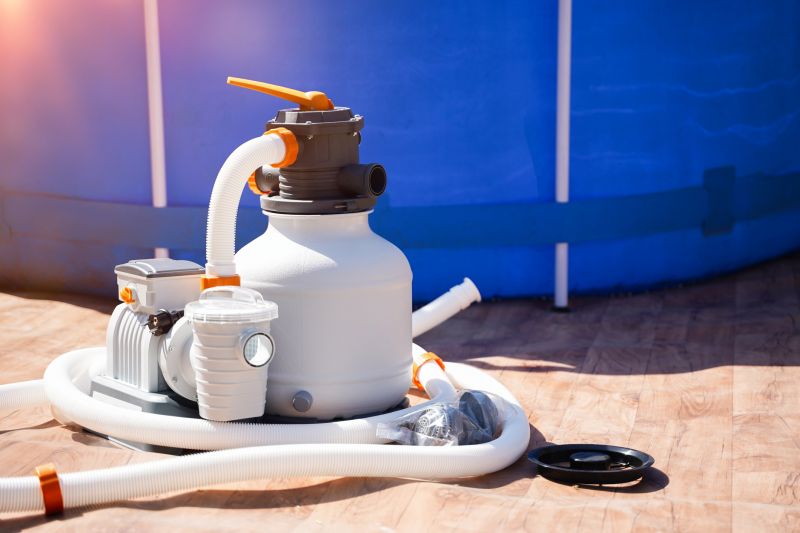
Close-up of pool pump and filtration system.

Pool cover and winterization equipment.
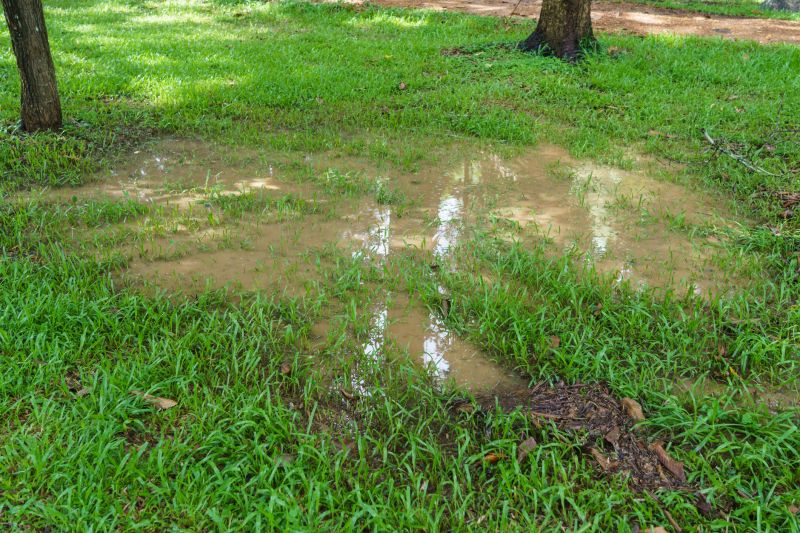
Heavy rain affecting water levels in a backyard pool.
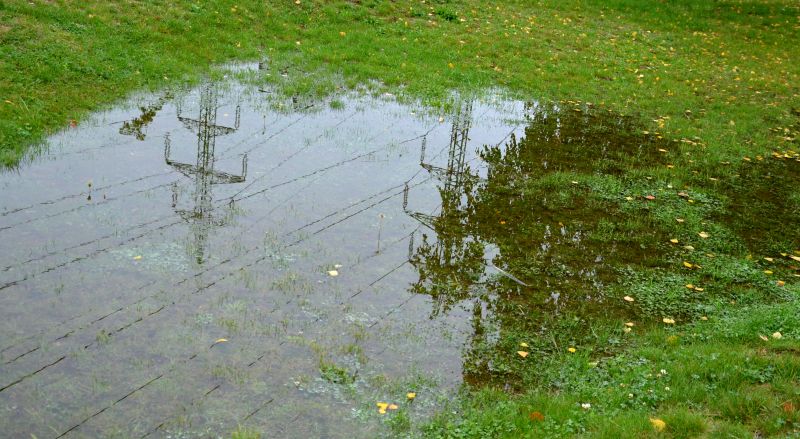
Low water levels in a residential pool during dry weather.
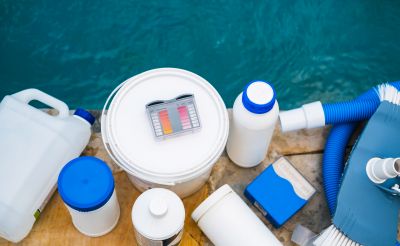
Testing water chemistry to determine leveling needs.
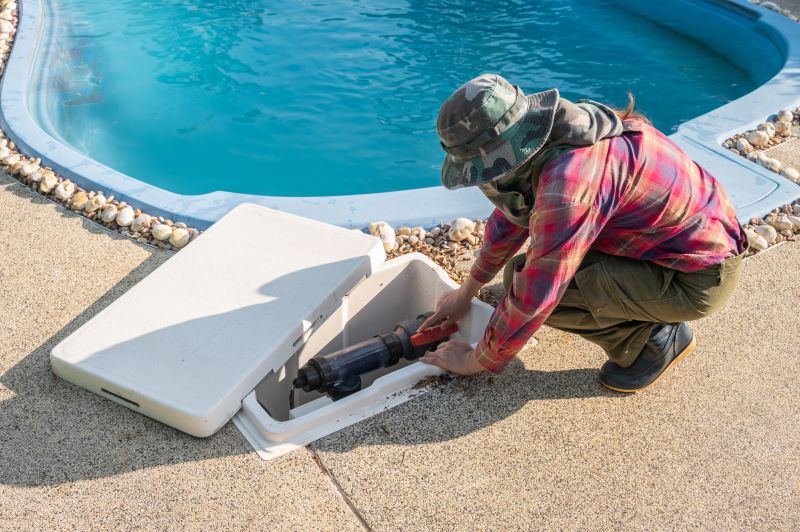
Technician performing pool leveling assessment.
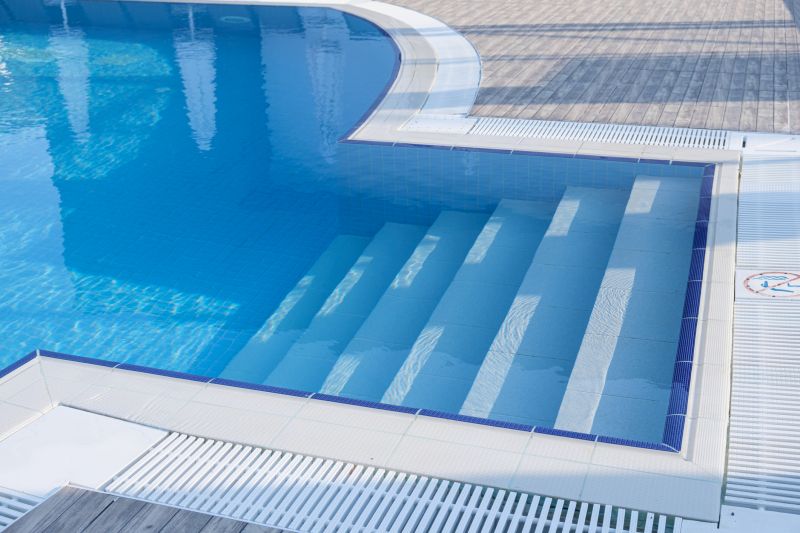
Pool with correct water level marked for reference.
| Season | Recommended Action |
|---|---|
| Spring | Perform a full pool leveling to prepare for the season. |
| Summer | Check regularly and adjust as needed due to usage and weather. |
| Fall | Perform a leveling before closing for winter. |
| Winter | Monitor water levels if the pool remains open or is heated. |
| After Heavy Rain | Assess and correct water levels to prevent equipment damage. |
| During Drought | Maintain adequate water levels to ensure proper operation. |
Proper timing for pool levelings is crucial for maintaining pool health and efficiency. Seasonal adjustments align with weather patterns and usage cycles, reducing the risk of equipment failure and water quality issues. Regular assessments help identify imbalances early, saving on costly repairs.
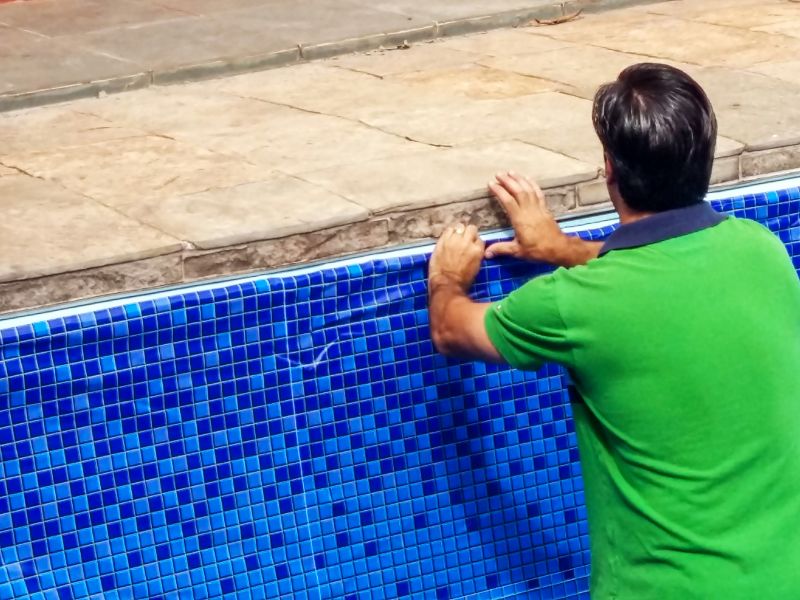
Person checking water level with a pool stick.

Using a hose to add water to a pool.
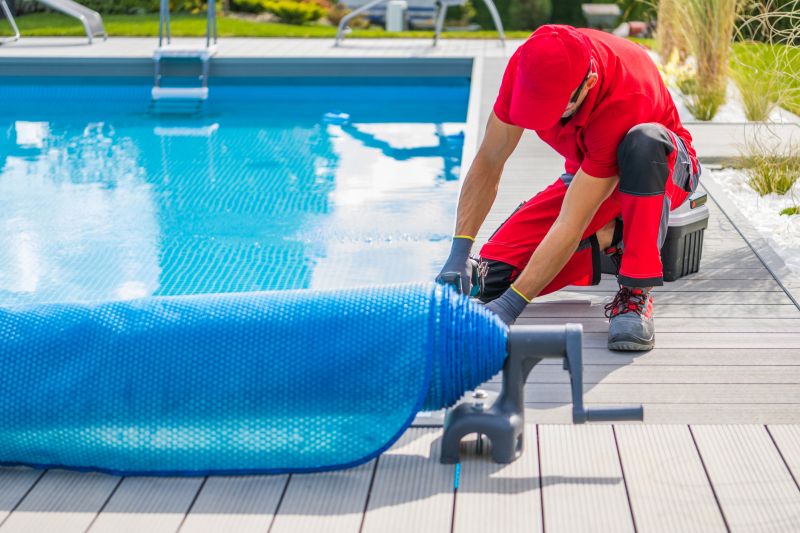
Covering a pool after winterization.

Removing cover and preparing for water level adjustments.
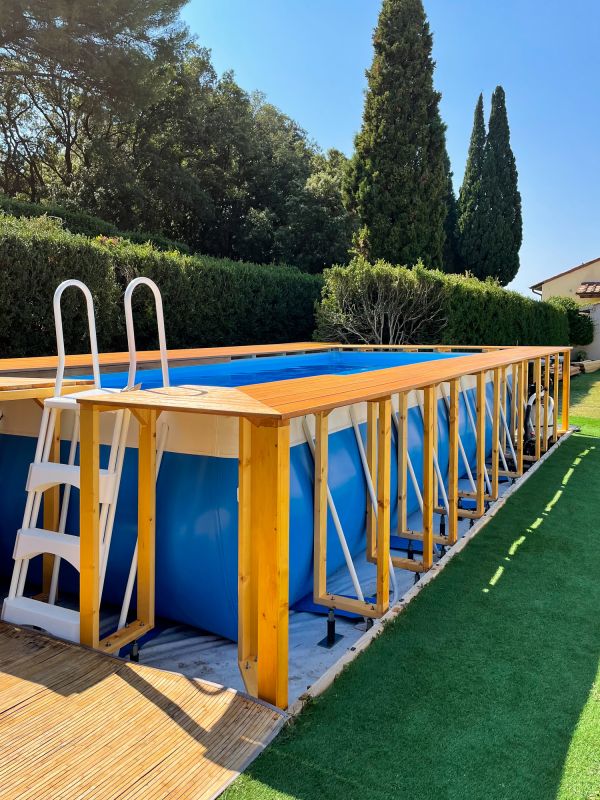
High-end options that actually feel worth it for Pool Levelings.
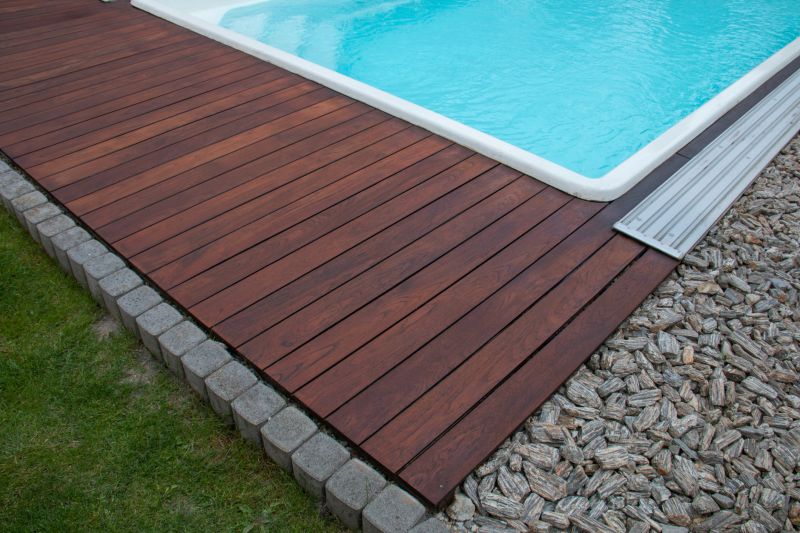
Finishes and colors that play nicely with Pool Levelings.
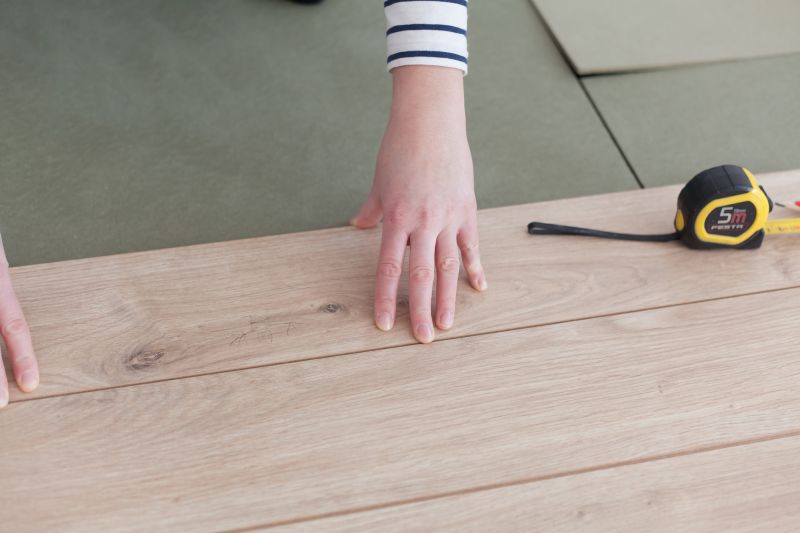
Little measurements that prevent headaches on Pool Levelings day.
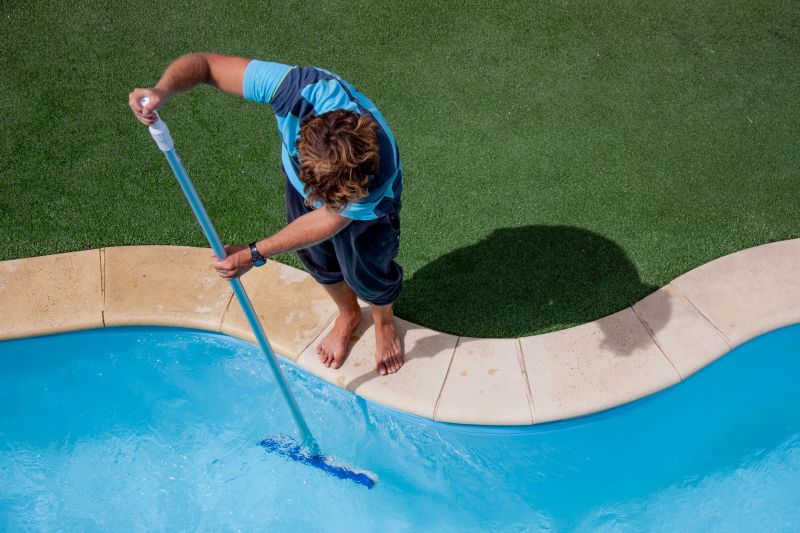
A 60-second routine that keeps Pool Levelings looking new.
Interested parties are encouraged to contact for more information about pool levelings and scheduling options. Proper timing and regular maintenance contribute to a safe, efficient, and long-lasting pool system.
